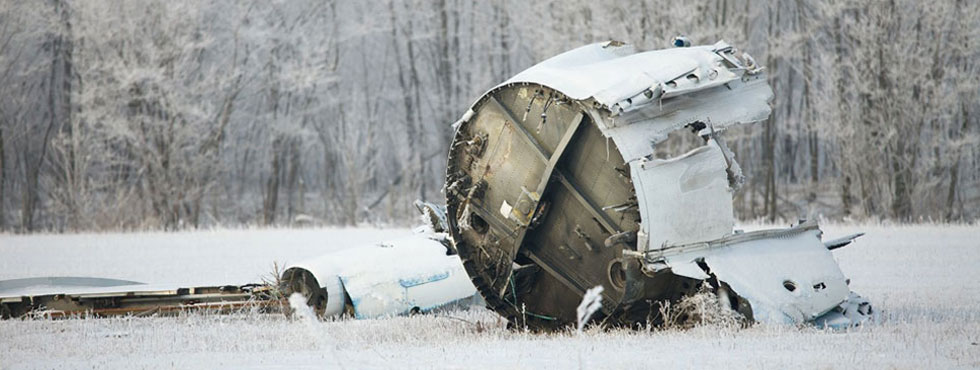
Ground Handling Agent
Emergency Planning / Response Template
Catastrophic (Mass Fatality) Aircraft Accident / Aviation Disaster etc.
The ‘Challenge’
Ground Handling Agents / Operators (GHA) are somewhat unique from the aviation crisis / emergency response planning viewpoint, as they (GHAs) typically have 3 sets of associated requirements to meet i.e.
- those of the parent airport (at which any particular GHA is based / operates)
- those of client aircraft operators (passenger airlines in the main) ……… +
- their own (GHA) requirements
These requirements can sometimes be incompatible – to a greater or lesser degree (and thus difficult for the GHA to achieve) – typically due to the historical lack of the required standardisation / co-ordination between airports, aircraft operators and GHAs – in this vital area
Solutions and Services
Ground Handling Agent – Emergency Planning / Response Template
For a GHA to come up with all-round acceptable solutions re the planning and response to a catastrophic aircraft accident type situation, whilst adequately accounting for the requirements of both aircraft operator (airline) clients and parent airports (and possibly itself [i.e.the GHA] also), requires considerable expertise, diplomacy, time and effort
Should you feel that you need assistance in this task – please do contact us – as the AERPS consultant has considerable experience & expertise in this rather ‘complex’ area
Note 1 – for a full explanation of the term ‘catastrophic aircraft accident’ as used in parts of this website – please see the appropriate definition found in the glossary in appendix N (page 73) of the (separate) document found HERE
Note 2 – a very comprehensive, FREE guideline document – for preparing all aspects of a GHA catastrophic aircraft accident ERP can be found HERE
Note 3 – for a FREE guideline as to how GHAs may better prepare for / manage aircraft incidents (in contrast with aircraft accidents) on behalf of client airlines – click HERE
Note 4 – for a FREE guideline as to how GHAs may audit a ‘parent airport’ AEP – on behalf of a (that GHA’s) customer airline (latter not having own staff at said airport) – click HERE
Please contact us if a WORD version (of any of our PDF documents found on this website) is required. You are reminded of the terms and conditions regarding use of same

GHA – AIRCRAFT ACCIDENT
Comparing aircraft operator (airline), airport and GHA emergency response plans (for the catastrophic [mass fatality] aircraft accident / aviation disaster type situation) – it is the latter’s plan which is the most difficult to write, produce and operate, for a number of valid reasons
See opposite (Read more …) for why this situation exists for GHAs + how the AERPS consultant can provide appropriate solutions to successfully achieve what is required
